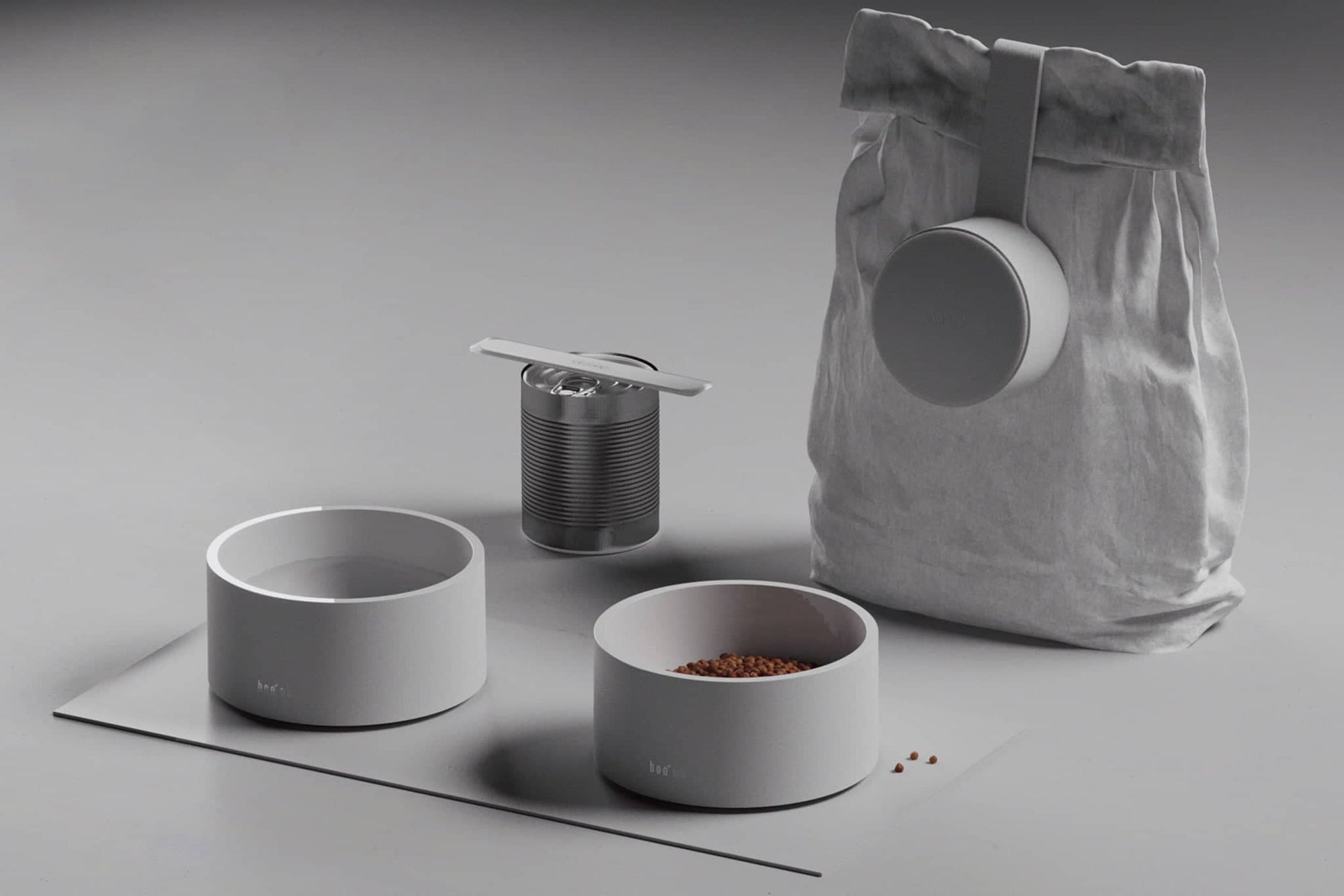Your pet’s meals are more than a way to satisfy their hunger. It also provides nourishment and the comfort. You should ensure that your dog’s meals are enjoyable and healthy. Slow food dog dishes are a ideal option for a nutritious and relaxing time for eating.

Understanding Slow Feeder Dog Bowls
Slow feeder dog bowls are specifically designed to slow down your dog’s eating pace. They are designed with ridges, obstacles, and mazes that force your dog to need to exert more effort to get to their food. This helps to stop your dog from consuming their food too quickly.
Slow Feeder Bowls for dogs: They Have Many Benefits
Slow feeder bowls keep the dog’s food from being consumed too quickly. Rapid eating is associated with digestive problems, and can lead to excessive eating. This is particularly true for larger breeds of dogs.
Encourages Mental Stimulation The mazes and patterns that are in the bowl will engage your dog’s mind, giving him a fun challenge at mealstime. This stimulation for the mind helps to reduce stress and boredom while helping to improve health and well-being.
The slower pace of eating aids digestion since it allows food to be chewed thoroughly to ensure better absorption and lowers the chance of choking.
Weight Management: By slowing down your dog’s eating rate and promoting a feeling of fullness slow bowls for feeding can aid in weight control by preventing excessive eating and consequent weight gain.
Reduces the risk of bloating: Rapid eating can result in drinking air, which can cause bloating and gastrointestinal discomfort. Slower food bowls decrease the risk of this by encouraging a slower, more controlled consumption.
Picking the Best Slow Feeder for Dog Bowls
When selecting a slow feeder dog bowl, consider your dog’s size, eating habits, and specific needs. If you own a small dog opt for bowls that have shallower mazes. The deeper mazes will be more difficult for larger dogs.
Consider the material used in the bowl’s material. Ceramic slow feeder dog bowls are sturdy and easy to clean, making sure that your dog is secure and clean dining experience.
Slow Feeder Dog Bowls for Your Dog
The transition of your dog’s food to a slow feeder bowl may require patience and a bit of time. Here are some tips to help your dog adjust:
Training: Place your dog’s most loved treats or kibbles into the feeder slowly and let them play.
Gradual Change: At first you could mix regular dog food in the bowl of a slow feeder. This will allow your dog to adjust to the change. Over a period of several weeks then gradually increase the amount of food in the slow feeder.
Positive Reinforcement: If your dog successfully navigates through the slow food bowl give them rewards and praise.
Watch Progress: Keep an eye of your dog’s progress and comfort level. If your dog appears unhappy or stressed, think about altering the level of difficulty in the bowl or moving back in the transition phase.
Slow Feeder Dog Bowls: How to Include Them in Your Routine
Set the bowl’s slow feeding time a regular part of your dog’s routine once he is used to it. Be aware of their eating habits and the positive effects on digestion and overall well-being.
In Conclusion
Mealtime is a significant aspect of your dog’s routine, so providing them with the appropriate tools and environment for a healthy and enjoyable meal is vital. Slow feeder dog bowls offer an efficient and fun option to help enhance your dog’s eating habits reduce overeating, and encourage mental stimulation.
Making the investment in a slow-feeder dog bowl is a good investment in your dog’s health and happiness. Choose the best bowl for your dog and slowly introduce it and witness the transformation. Slow down and take in the moment. A slow feeder bowl can enhance your dog’s feeding routine.
